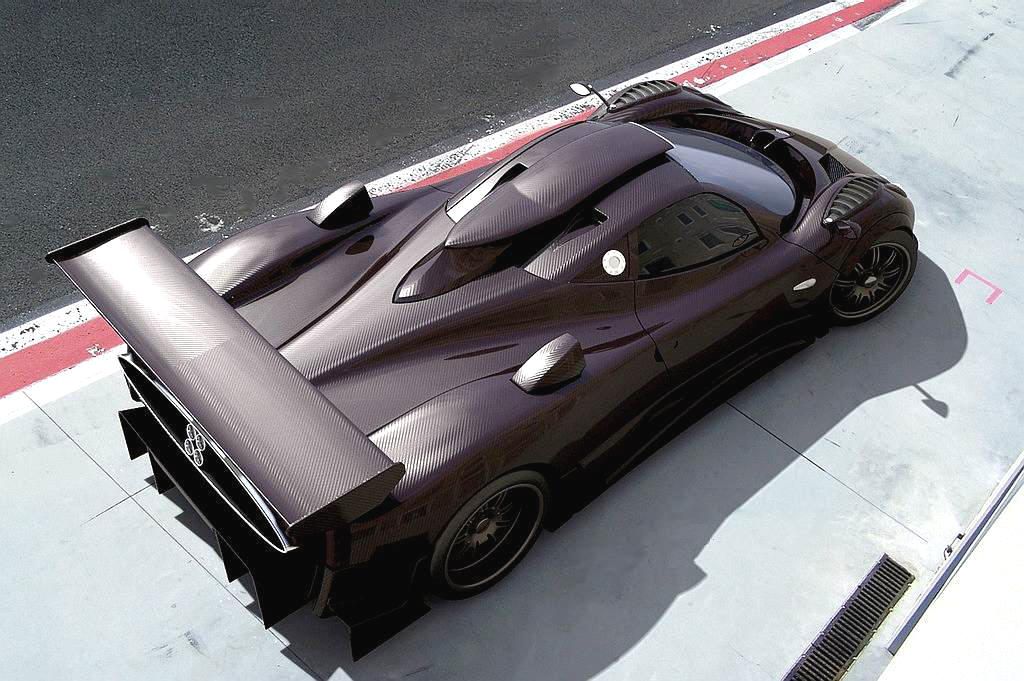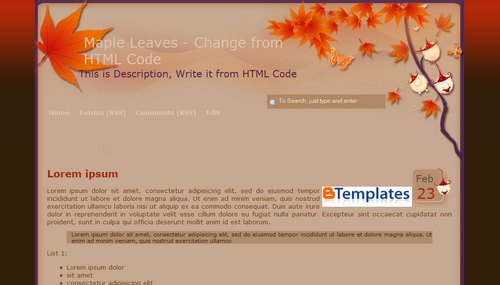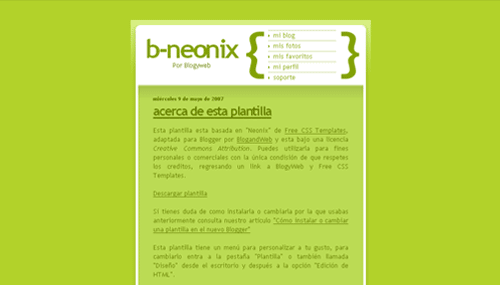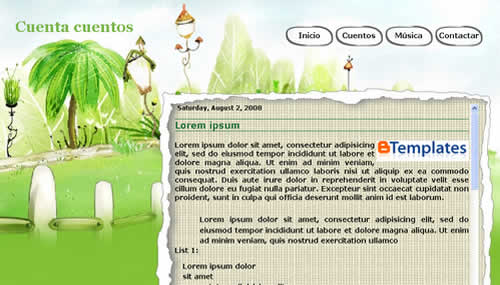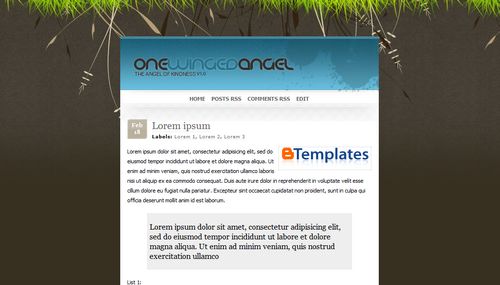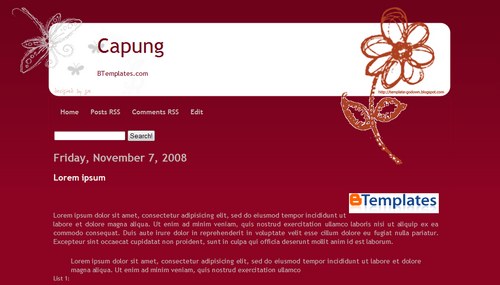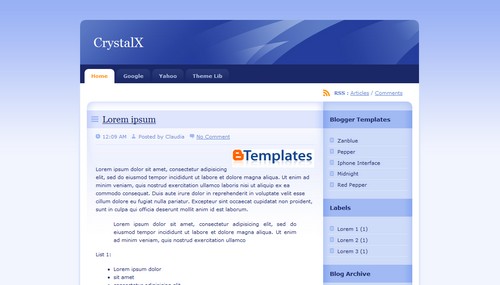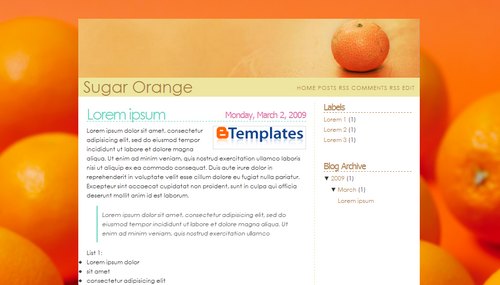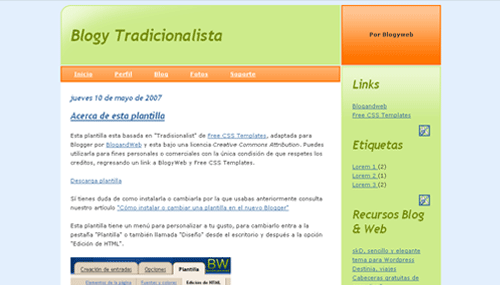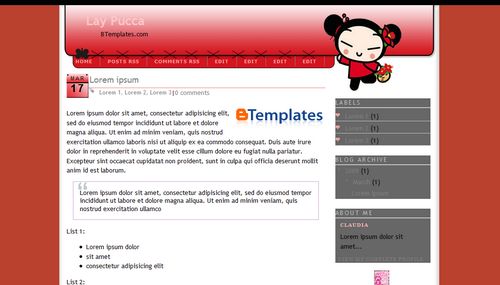Bai' al-inah (sale and buy-back agreement)
The financier sells an asset to the customer on a deferred-payment basis, and then the asset is immediately repurchased by the financier for cash at a discount. The buying back agreement allows the bank to assume ownership over the asset in order to protect against default without explicitly charging interest in the event of late payments or insolvency. Some scholars believe that this is not compliant with Shariah principles.
Bai' bithaman ajil (deferred payment sale)
This concept refers to the sale of goods on a deferred payment basis at a price, which includes a profit margin agreed to by both parties. This is similar to Murabahah, except that the debtor makes only a single installment on the maturity date of the loan. By the application of a discount rate, an Islamic bank can collect the market rate of interest
Bai muajjal (credit sale)
Literally bai muajjal means a credit sale. Technically, it is a financing technique adopted by Islamic banks that takes the form of murabaha muajjal. It is a contract in which the bank earns a profit margin on the purchase price and allows the buyer to pay the price of the commodity at a future date in a lump sum or in installments. It has to expressly mention cost of the commodity and the margin of profit is mutually agreed. The price fixed for the commodity in such a transaction can be the same as the spot price or higher or lower than the spot price.
Mudarabah (profit sharing)
Mudarabah is an arrangement or agreement between the bank, or a capital provider, and an entrepreneur, whereby the entrepreneur can mobilize the funds of the former for its business activity. The entrepreneur provides expertise, labor and management. Profits made are shared between the bank and the entrepreneur according to predetermined ratio. In case of loss, the bank loses the capital, while the entrepreneur loses his provision of labor. It is this financial risk, according to the Shariah, that justifies the bank's claim to part of the profit. The profit-sharing continues until the loan is repaid. The bank is compensated for the time value of its money in the form of a floating rate that is pegged to the debtor's profits.
Murabahah (cost plus)
This concept refers to the sale of goods at a price, which includes a profit margin agreed to by both parties. The purchase and selling price, other costs, and the profit margin must be clearly stated at the time of the sale agreement. The bank is compensated for the time value of its money in the form of the profit margin. This is a fixed-income loan for the purchase of a real asset (such as real estate or a vehicle), with a fixed rate of profit determined by the profit margin. The bank is not compensated for the time value of money outside of the contracted term (i.e., the bank cannot charge additional profit on late payments); however, the asset remains as a mortgage with the bank until the Murabaha is paid in full.
This type of transaction is similar to rent-to-own arrangements for furniture or appliances that are very common in North American stores.
Musawamah
Musawamah is the negotiation of a selling price between two parties without reference by the seller to either costs or asking price. While the seller may or may not have full knowledge of the cost of the item being negotiated, they are under no obligation to reveal these costs as part of the negotiation process. This difference in obligation by the seller is the key distinction between Murabaha and Musawamah with all other rules as described in Murabaha remaining the same. Musawamah is the most common type of trading negotiation seen in Islamic commerce.
Bai salam
Bai salam means a contract in which advance payment is made for goods to be delivered later on. The seller undertakes to supply some specific goods to the buyer at a future date in exchange of an advance price fully paid at the time of contract. It is necessary that the quality of the commodity intended to be purchased is fully specified leaving no ambiguity leading to dispute. The objects of this sale are goods and cannot be gold, silver, or currencies based on these metals. Barring this, Bai Salam covers almost everything that is capable of being definitely described as to quantity, quality, and workmanship.
 This monster is called Pagani. It was originally developed by the same people that were working for Lamborghini, but they developed their own independent project and celled it Pagandi. This monster equipped Mercedes-AMG CLK GTR 6.0-litre V12 engine , and it produces 551kW (750 hp) @ 8,000 rpm and a maximum torque figure of 710Nm. As you can see this car not only looks nice, but it preform nice too!
This monster is called Pagani. It was originally developed by the same people that were working for Lamborghini, but they developed their own independent project and celled it Pagandi. This monster equipped Mercedes-AMG CLK GTR 6.0-litre V12 engine , and it produces 551kW (750 hp) @ 8,000 rpm and a maximum torque figure of 710Nm. As you can see this car not only looks nice, but it preform nice too!